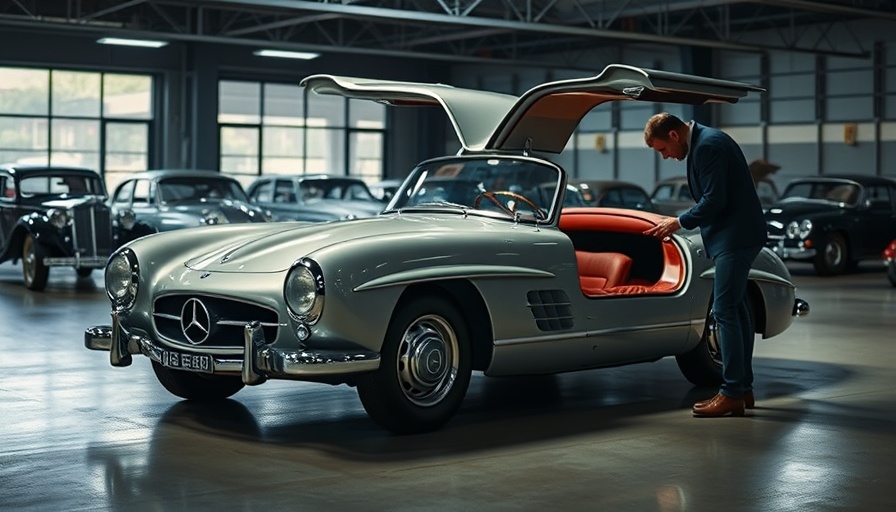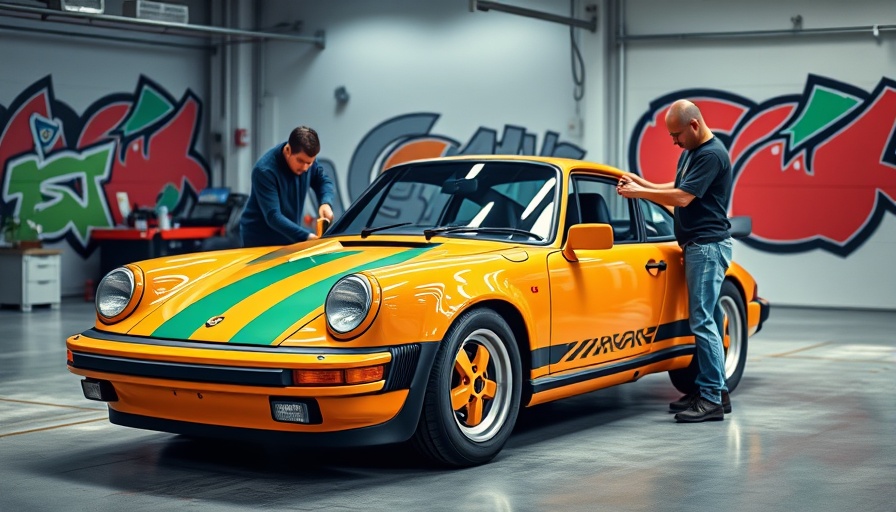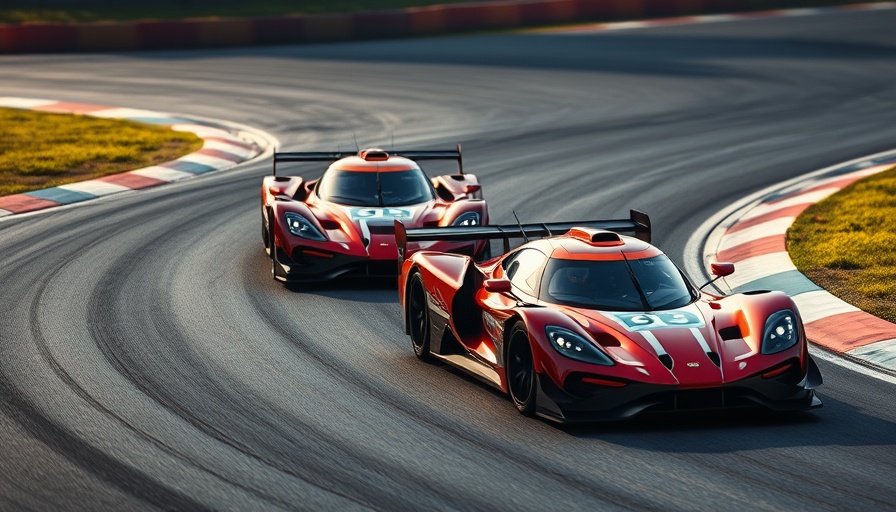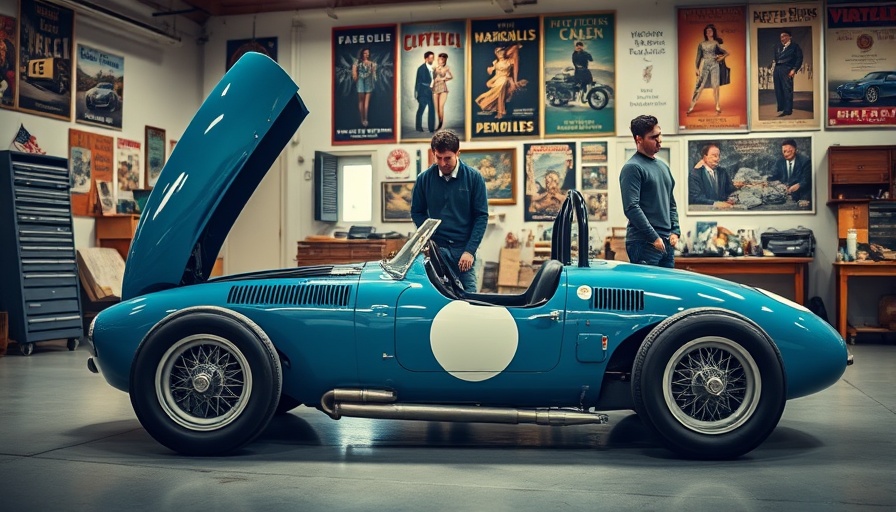
Unveiling the $10 Million Barnfind: The Rare Mercedes Gullwing
In a recent episode featuring automotive legend Jay Leno, the world was introduced to an astonishing barnfind—a Mercedes Gullwing that has taken the automotive community by storm. This spectacular vehicle, worth a jaw-dropping $10 million, highlights the fascinating intersection of history, heritage, and car restoration. For car enthusiasts and collectors, this discovery isn't just about the value; it encapsulates a story waiting to be told.
In $10 Million Barnfind: Jay Leno Reveals the Rarest Mercedes Gullwing Ever Discovered, the discussion dives into extraordinary vehicle finds and the importance of automotive care, inspiring us to explore this intersection further.
Understanding the Significance of the Gullwing
The Mercedes 300SL Gullwing, produced in the 1950s, is revered as one of the finest automobiles ever made. Having captured the hearts of many with its distinctive design and powerful Ferrari-rivaling performance, the Gullwing represents a golden era in automotive history. The recently discovered model sheds light on a unique lineage where every scratch and dent tells a story of its past—embodying history that resonates deeply within the automotive culture.
What Makes This Find So Special?
The excitement around this specific Gullwing stems not only from its monetary value but its rarity. Few of these models remain due to rigorous road conditions and the passage of time. Finding one in such pristine yet untouched condition captivates collectors and restorers alike. This echoes a larger trend in the collector car market, where authenticity and provenance drive prices upward, further increasing interest in vintage models.
Car Maintenance Insights: Preserving Automotive Heritage
Uncovering such a rare gem raises questions about the road ahead for enthusiasts and restorers. With vintage cars, maintenance takes center stage. Preserving the legacy of such a vehicle requires meticulous attention to detail, and understanding proper car maintenance techniques becomes paramount. Below are essential vehicle maintenance insights for anyone looking to care for their classic cars—or any car, for that matter.
Top Car Care Tips for Enthusiasts
- Regular Oil Changes: An engine's lifeblood is its oil. Following a consistent oil change schedule can protect a classic engine from damage.
- Fluid Levels: Checking fluids is vital; ensuring proper levels of coolant, brake, and transmission fluid maintains the performance of classic vehicles.
- Brake Maintenance: Old components need special care. Frequent inspection ensures the braking system remains reliable and safe.
- Tire Rotation: Regular rotation of tires promotes even wear and prolongs the life of tires, ensuring a smoother ride.
- Engine and Air Filter Replacement: This basic yet essential maintenance task not only improves performance but also enhances fuel efficiency.
Two Perspectives: Passion vs. Profit
While some may delve into classic cars out of sheer passion, others approach it with an eye for profit. This duality often stirs debates within the community. Many fear that rising prices will push enthusiasts out of the market, while others argue that a thriving market drives restoration projects and encourages preservation. Finding equilibrium is key, as it ensures that the love for these cars persists alongside their collectible value.
The Future of Classic Car Collecting
As observed in the case of the Mercedes Gullwing, the future of classic car collecting remains promising. With each barnfind, there is hope for uncovering another story-rich vehicle, emphasizing the die-hard spirit of enthusiasts. Upcoming trends indicate increasing interest in sustainable restoration processes, utilizing tech-focused insights to preserve vintage models while respecting their heritage.
Navigating the Market: Where to Begin?
For those eager to dive into classic car ownership, knowledge is power. Researching reputable classic car dealers, joining online automotive forums, and attending car shows are great entry points. Understanding the nuances of valuation, restoration, and regular maintenance ensures informed decisions. Having a comprehensive vehicle maintenance guide specifically tailored for classic cars can also assist in protecting your investment.
Conclusion: A Call to Engage with Automotive Culture
The stunning reveal of Jay Leno's $10 million barnfind is a testament not only to remarkable engineering but also to the passion for preservation within the automotive community. As you explore car care tips and engage with the market, remember that every classic vehicle is a link to history, deserving of respect and maintenance. Delve deeper into these automotive insights, consider how to care for classic vehicles, and join the vibrant conversation surrounding car culture.
 Add Row
Add Row  Add
Add 




Write A Comment